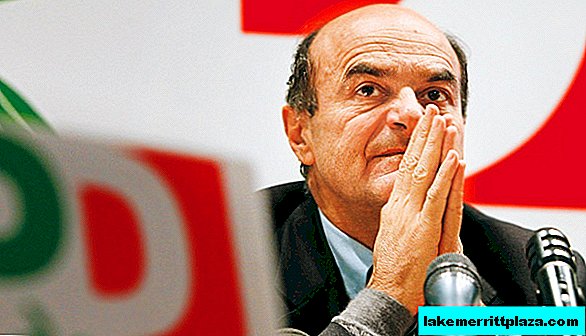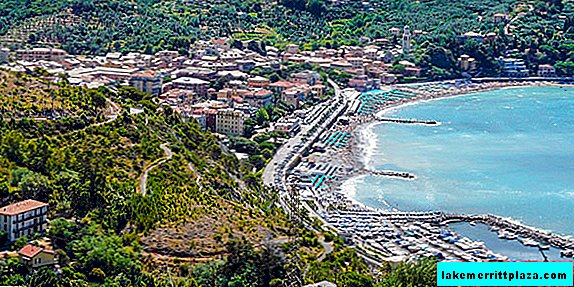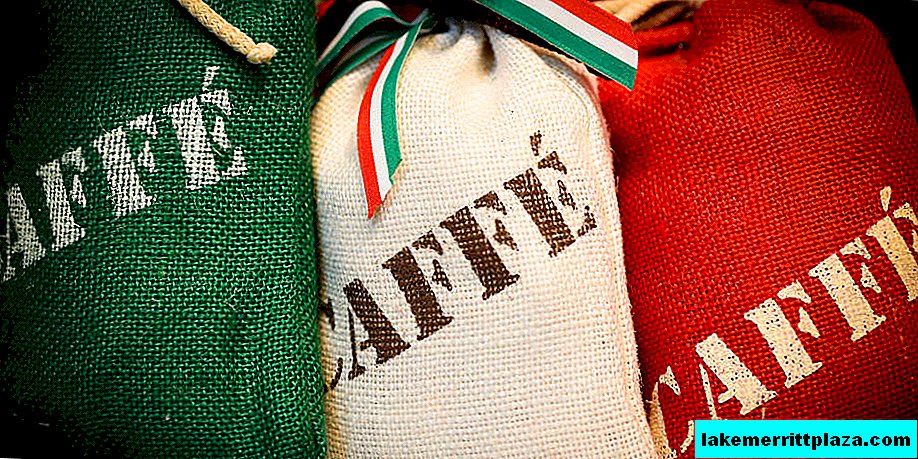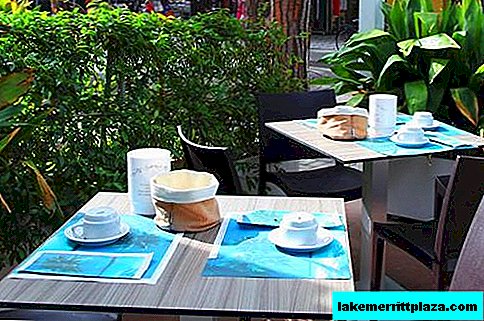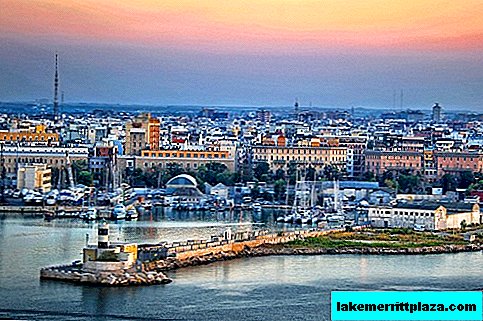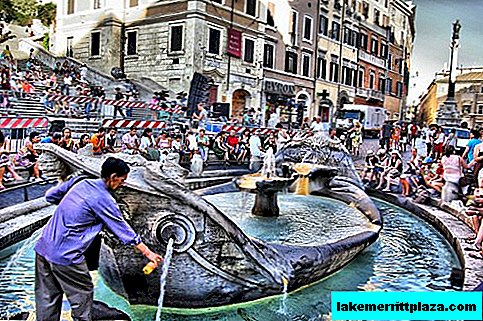Grandma communities
In Italy, three and a half million older people live alone, often in large houses that pensioners are no longer able to support. A newly born phenomenon will allow them to once again feel a taste for life. Silver cohousing is a good way out both for pensioners themselves and for public structures
In search of a roommate for sixty. So older people fight crisis and loneliness
Anna and Paolo started drinking coffee together, playing cards, and sometimes meeting after dinner to enjoy dessert. Almost by accident, they began to live together. Their case is just one example of a phenomenon that is spreading more and more throughout Italy.
It received the name "Silver cohousing" (apt. "Silver cohabitation").
Silver - from the silver color of gray hair, cohousing - as an opportunity to share housing and daily needs: shopping, utility bills and, last but not least, the desire not to feel loneliness.
More than seven million people in Italy live alone (about 30% of the total population), of which 3.5 million are single old people.
According to Istat's latest forecasts, by 2050, for every 100 young people, there will be 263 seniors. “The increase in the number of people over 65 leads to the need for new forms of economic and social services,” comments Sandro Polchi, an expert at the Cresme research center and curator of the project “Cohabitation. Silver cohousing to improve the quality of life of older people in the city and society.”
Convenient exit, both for senior citizens and for public structures
We are a nation of silver hair. While life expectancy is increasing (since 2011, it has fixed at 79.4 years for men and 84.5 for women), the likelihood of an old age being calm and economically stable is also steadily decreasing.
The fourth 2013 Social Communications Report, prepared by Istat and the Ministry of Labor and Social Policy, clearly shows that every second pensioner (46.3%) in 2012 received a pension below a thousand euros, 38.6% received a pension of one to two thousand euros, and only 15.1% of pensioners had incomes exceeding two thousand euros.
According to the Report, the system of social payments in Italy is less efficient compared to other European countries. The issue of social and sanitary assistance to older people also remains open, and the system of "cohabitation" is designed to help solve it.
The first "spontaneous" experiments of this form of cohabitation show that two elderly people living together do not just make each other's company and help with shopping: often such a model even avoids hospitalization.
A study conducted by the Gianfranco Imperatori charity foundation (Fondazione Gianfranco Imperatori Onlus), one of the first in Italy to study the Silver cohousing phenomenon, highlights even clear goals that should be achieved:
- to increase the purchasing power of pensioners up to the equivalent of 30% of the received pensions;
- it is more profitable to use real estate, freeing up premises of large areas, often occupied today by one pensioner;
- to improve through spontaneous and mutually beneficial cohabitation the problem of loneliness, isolation and social self-elimination of many elderly people.
Sandro Polci explains: “80% of a pensioner's monthly budget, as a rule, goes to three things: a house, utility bills, food. Our study shows that when living together two people, they can save about 352 euros for two, and up to 1.028 Euro, if you live in four. It’s about means that can significantly improve the quality of life of single elderly people. "

